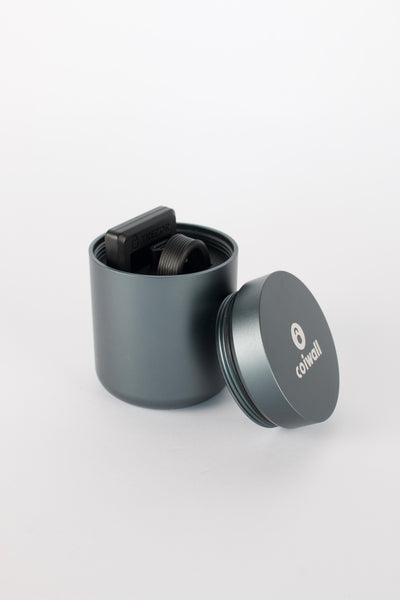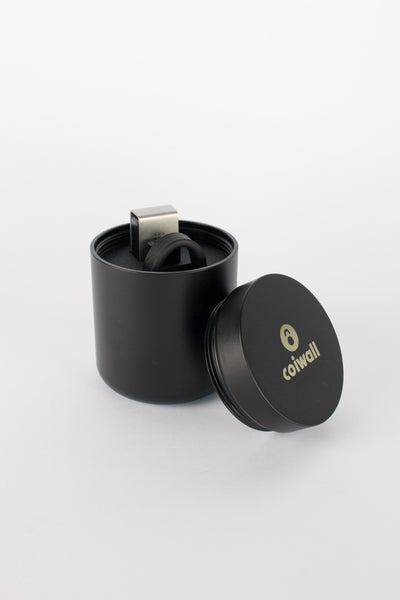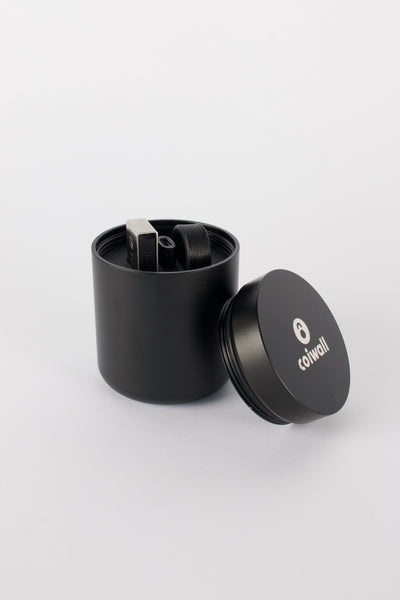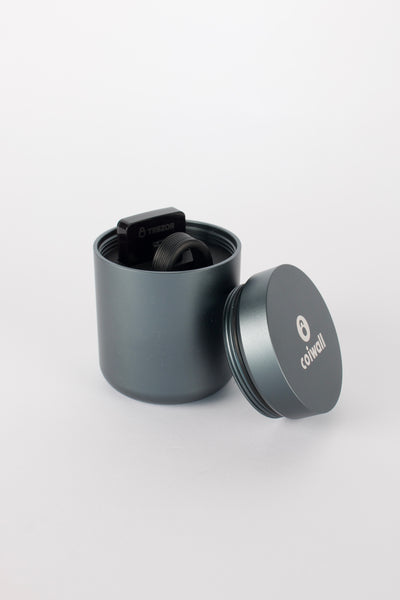Let me ask you something—when's the last time you really thought about the money in your wallet? Not just its value, but what makes that $20 bill actually worth something. If you’re into crypto, these questions get even spicier. We whisper about digital gold and thumb our noses at paper money, but it turns out the old-school stuff, the so-called 'fiat currency', still runs the show for now.
So, What Exactly Is Fiat? (No, Not the Italian Car)
If you say the word “fiat” in certain crowds, people might assume you’re talking about zippy little cars buzzing around Rome. In money talk, though, fiat isn’t a brand but a concept that quietly powers the whole movie of modern finance. Fiat currency is the type of money that governments declare as our legal tender—it’s what you use to buy coffee, pay rent, or argue about splitting the dinner bill. We’re talking US dollars, Euros, the British pound, and the Chinese yuan, just to name a few.
Here’s the quirk: fiat has no intrinsic value. Unlike gold, which is shiny and coveted, or even Bitcoin, which requires significant computing effort to create, fiat is just paper (or, more likely, a number on a screen). The only reason it has value is because your government says so, and because, well, everyone kind of agrees to play along. Kind of wild when you think about it, right?
The Great Trust Exercise (And Why It Works...Until It Doesn’t)
Fiat currency lives and dies by collective trust. That’s trust in your government, your bank, and the very idea that people won’t just wake up one morning and decide colored pieces of paper are, in fact, worthless. You know what? Most days, it works. You swipe your card, and your morning latte is magically paid for. Nobody blinks.
But history reminds us—sometimes that trust wobbles. Take hyperinflation stories from Venezuela or the legendary German marks from the 1920s. When faith crumbles, so does fiat’s magic, with prices shooting up until a loaf of bread costs a wheelbarrow of cash. It’s rare, but it’s why folks who’ve lost trust in governments or banks turn to alternatives—like gold, or, more recently, cryptocurrencies.
Getting Personal: Is Fiat Good or Bad? (Here’s Where It Gets Messy)
It’s easy to roast fiat if you’re deep into crypto. But honestly, fiat carries perks: it’s stable most of the time, it’s accepted almost everywhere, and your grandma knows how to use it. Bitcoin still can’t say that, can it? Plus, banks and governments use powerful tools—like setting interest rates or printing more money—to keep economies running, steering through storms big and small. It’s not perfect, but it has serious staying power.
Still, the system isn’t immune to cracks: inflation nibbles away at your savings; excessive money printing (thank you, global crises) triggers nerves; and cross-border transactions? Let’s just say the fees can sometimes feel like daylight robbery.
Fiat’s Role in the Crypto Universe: Friends, Foes, Frenemies?
Here’s the fun part—crypto only makes sense because fiat exists. Most folks buy their shiny new coins or tokens using dollars or euros. If you’re stashing some bitcoin on your Trezor or Ledger hardware wallet, odds are you started by moving your ‘real world’ cash into the game. It’s the on-ramp, the bridge between what you can spend on pizza and what you hope will moon next year.
- On-Ramp and Off-Ramp: Fiat is how most people enter (and eventually exit) the crypto world.
- Measuring Stick: Even hardcore crypto fans check their net worth in fiat terms. Admit it—you do too!
- Regulatory Anchor: Fiat flows through regulations and banks, shaping what’s possible (or not) in the crypto space.
And when you talk about hardware wallets like Trezor and Ledger, their real value shows when you stash away assets that—somewhere in the backend—are still measured against the good ol’ dollar. Cold storage is peace of mind; even then, the mirror back to fiat is never far away.
Beyond the Billfold: How Hardware Wallets Bridge Two Worlds
Let’s get a bit deeper. How do folks juggle fiat and crypto? With the likes of Ledger and Trezor stepping up to keep your coins safe, the tools marrying the two financial worlds are evolving fast. You can move funds from your bank to an exchange, zap them into Ethereum (or your flavor of the week), and tuck them into a hardware wallet that fits in your hand—or your pocket. It’s almost poetic: the technology itself is future-facing, but its value keeps circling back to how much fiat those coins are worth… for now.
So, Is Crypto the End of Fiat—or Its Next Chapter?
This is where the debate gets spicy. Some say crypto will topple the dollar, replacing the old guard for good. Others? They picture a world where both play side by side for a long while yet. Governments themselves are experimenting with digital versions of their own currencies (have you heard of CBDCs?), hoping to blend the best of both worlds. The likely scenario? Crypto pushes fiat to evolve, but fiat’s grip won’t loosen overnight.
A Few Food-For-Thought Nuggets
- Fiat is convenient…until it isn’t. Ever sent money overseas and been dinged by crazy fees or delays?
- Crypto is fast, but can be wild. Volatility is fun until your grocery money vanishes overnight.
- Hardware wallets bring a unique peace of mind, but security still means a lot more than just protecting your hardware—it’s also about who controls the rules: you, or the bank?
A Quick Recap Before You Go
Fiat’s story is a lesson in trust and adaptation. It may feel old-school, but it’s still the backbone of daily life and the entry point for every crypto adventure. As long as people need something familiar, tangible, and accepted everywhere, fiat currencies will likely keep their crown—even as new rivals like Bitcoin, Ethereum, and others grab headlines and challenge old assumptions.
So next time you’re counting bills at the grocery store or checking your wallet app, spare a thought for the invisible dance happening between fiat and crypto—each reshaping the other, bit by bit. And maybe, just maybe, your hardware wallet is holding a slice of the future, all still anchored on the value granted by a little trust in pieces of paper.











